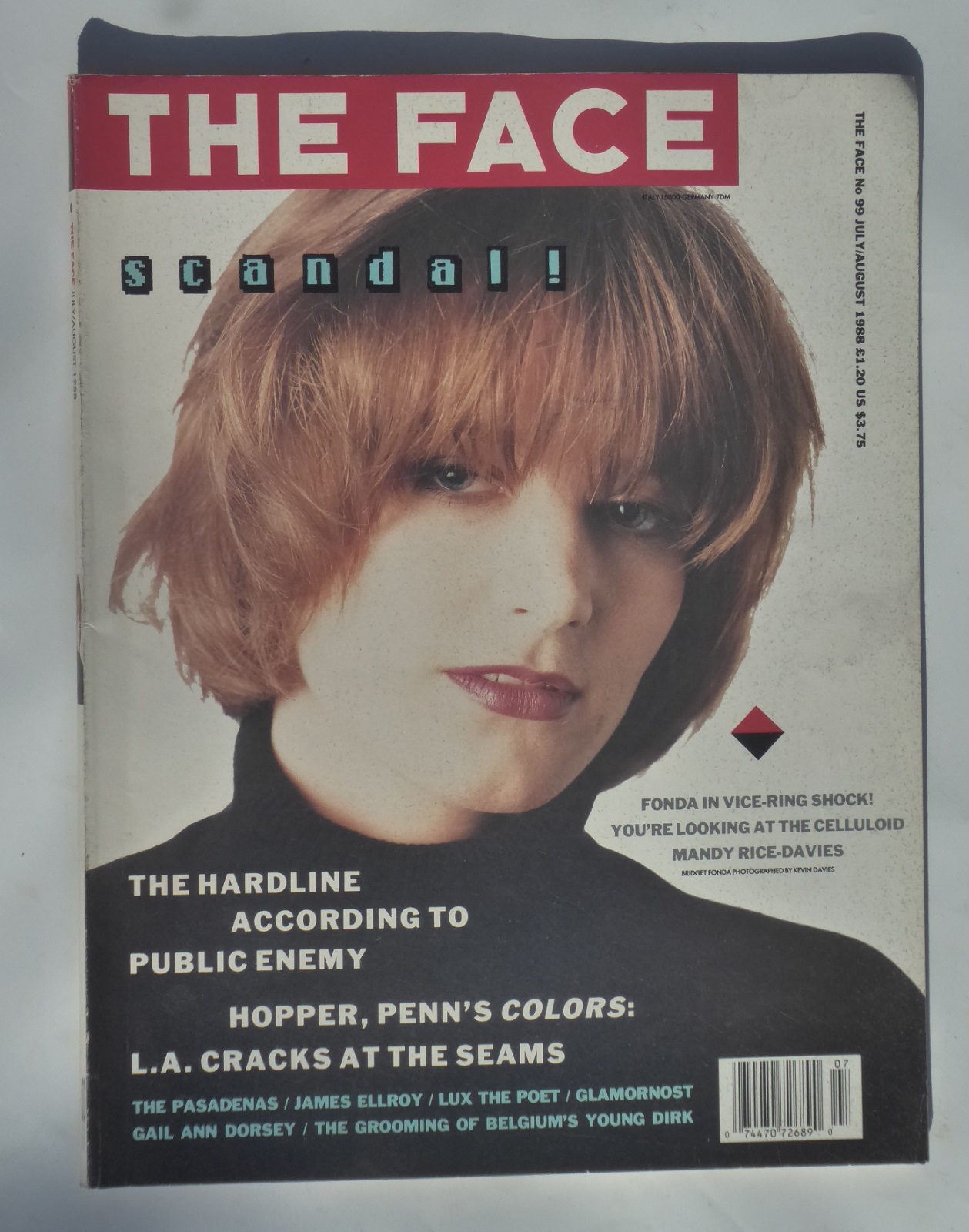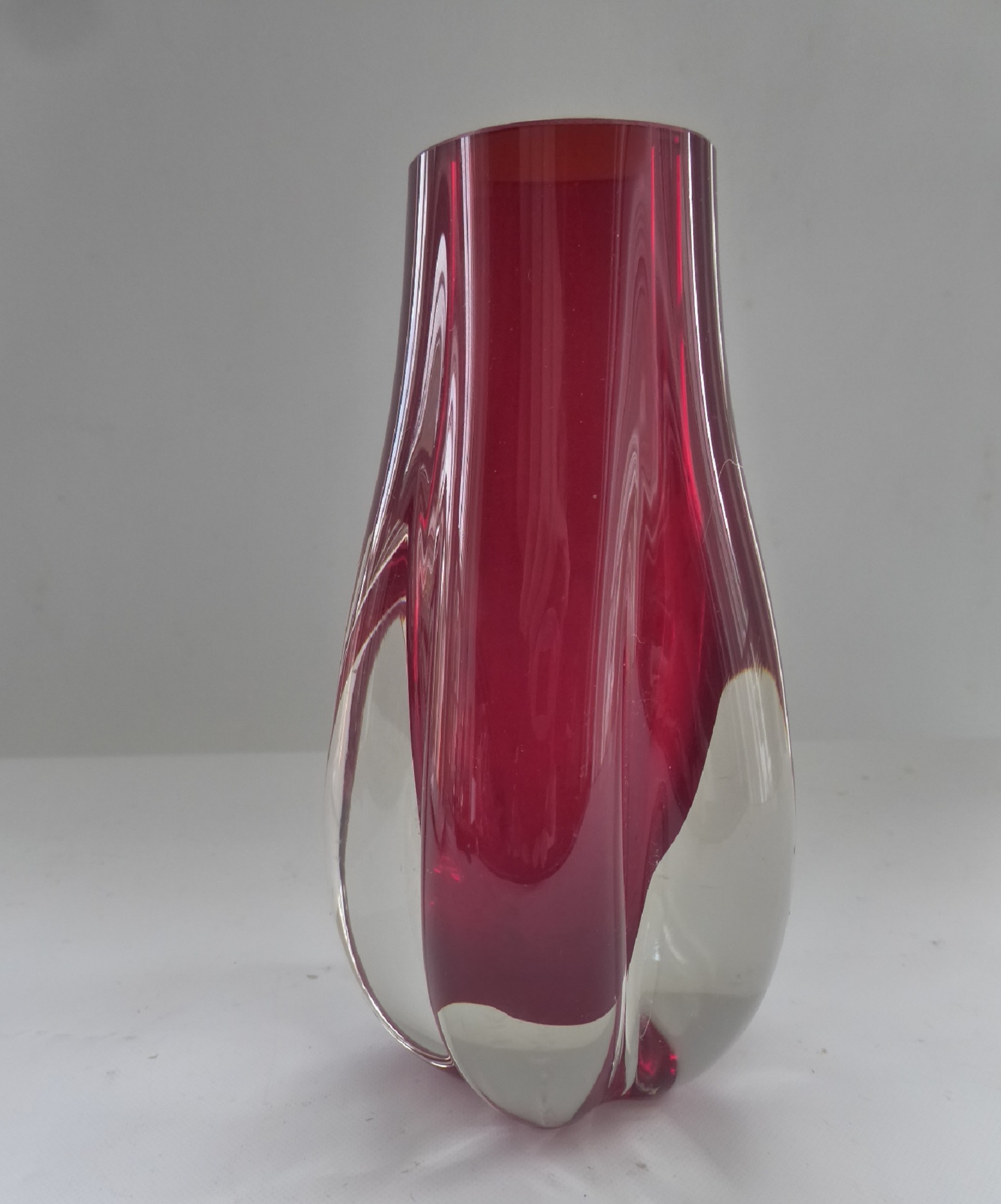

The tempo accelerates to allegro for the development.

A sudden descent of a semitone, an idea previously used in Vaughan Williams's works Fantasia on a Theme by Thomas Tallis and Job, marks a key change to three flats and also the development section. The bass, now played pizzicato, supports the melody both melodically and harmonically and the texture incorporates suspensions and passing notes, making the harmony richer. The modality then moves to E, with a new melody in the violins, which, although it does not include a sharpened seventh, outlines E major. The bass's C pedal becomes the tonic when the key changes to either the aeolian or dorian modes. The horn call motif fluctuates from major to minor, outlining the tonal ambiguity, moving between the mixolydian and dorian modes, which becomes a characteristic of the movement. Wilfrid Mellers believes this is why Vaughan Williams billed the movement as a Preludio, "which suggests an emergent state". The violins use the notes of the pentatonic scale, making the key ambiguous. The movement opens with a pedal C in the bass, answered by a horn call outlining a D major chord in a dotted rhythm, which implies mixolydian D.Īudio playback is not supported in your browser. This movement owes something to sonata form, but does not display all its characteristics the second subject has been derived from the first subject. The first movement, in Frank Howes's analysis (1954), can be seen either as "an elaborate ternary form with coda" or "an exposition of two big groups of themes succeeded without development by a condensed recapitulation". In addition to the Pilgrim's Progress allusions, the score has echoes of Vaughan Williams's hymn tune " Sine nomine", in the second subject of the first movement and at the end of the fourth movement. His musical assistant Roy Douglas has suggested that Vaughan Williams simply miscalculated because he did not possess a metronome. The composer provided metronome markings for all four movements, but they are widely regarded as dubious: the composer did not observe them when he conducted the work, and he expressed approval of Boult's tempi, which were similar to his own. The symphony is in the customary four-movement form. This is a smaller orchestra than Vaughan Williams used in his four earlier symphonies, with only two horns, no tuba, no harps and no percussion except timpani. The symphony is scored for two flutes (one doubling piccolo), oboe, cor anglais, two clarinets, two bassoons, two French horns, two trumpets, three trombones, timpani and strings. Williams has any idea of the pleasure he has given me?" Composition

the dedication made me feel proud and grateful. Ralph Vaughan Williams' new Symphony from Stockholm under the excellent leadership of Malcolm Sargent. After listening to a broadcast of the work, Sibelius wrote to him, "I heard Dr.

Sir Adrian Boult subsequently secured permission. The published ascription reads "Dedicated without permission to Jean Sibelius". Harper-Scott has called Sibelius "the influence of choice" among British symphonists in the years between the two World Wars, citing Walton's First Symphony, all seven of Bax's and the first five of Havergal Brian. Vaughan Williams dedicated the symphony to Jean Sibelius. He found that the symphony said what he meant it to. Any doubts he had about the piece were allayed when he heard the first orchestral run-through on 25 May. The symphony was complete enough by the end of 1942 for the composer to prepare a two-piano transcription, which two friends played for him in late January 1943. Believing that the opera might never be completed he decided to incorporate some of its ideas and themes into other works, most notably the Fifth Symphony. He had been working intermittently for more than thirty years on what became his opera (or "Morality") The Pilgrim's Progress. After this he experienced a temporary writer's block, before he began writing his Fifth Symphony in 1938. In 1935 Vaughan Williams had caused surprise and even shock with his Fourth Symphony, a strident and dissonant piece in great contrast with its quiet and contemplative predecessor, A Pastoral Symphony (1922).


 0 kommentar(er)
0 kommentar(er)
